The benefits of drones for the Marine Corps
- By Travis Pike
Share This Article
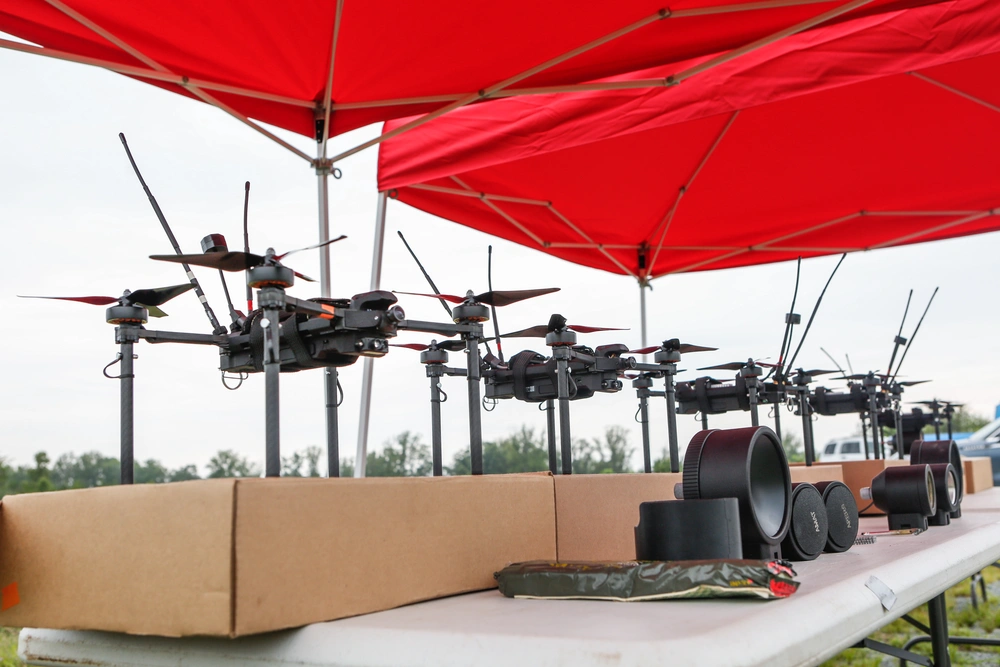
Drones are becoming ubiquitous but they are nightmares to me. I remember the deep-seated fear I had of IEDs in Afghanistan, and now you’re telling me the IEDs fly! No thank you.
The proper term to describe these aircraft is UAS or UAV. “Unmanned Aircraft System” refers to the entire system, including the vehicle, controller, remotes, etc; while “Unmanned Aerial Vehicle” refers to the actual aircraft. “Drone” has just become the colloquial term for the aircraft.
Within the military, there are many different groups working to modernize, introduce, and create modern drone tactics.
One group that has excelled in that role is the Marine Corps Attack Drone Team, or MCADT, a team in Quantico working to develop tactics, techniques, and systems, including using drones as weapons and recon tools.
MCADT made quite the splash on April 25, 2025, when it conducted the first kinetic live-fire FPV drone strike in Quantico. This controlled range test proved the lethality and benefits of these devices. MCADT spent just $5,000 to do what the military typically pays $80,000 for.
MCADT is working with the branch’s special operations command, the Marine Forces Special Operations Command (MARSOC) and infantry elements of the Marine Corps to modernize squad-sized drones for modern warfare continuing a trend developed by Delta Force in the mid-2010s when fighting ISIS.
Deploying an attack drone
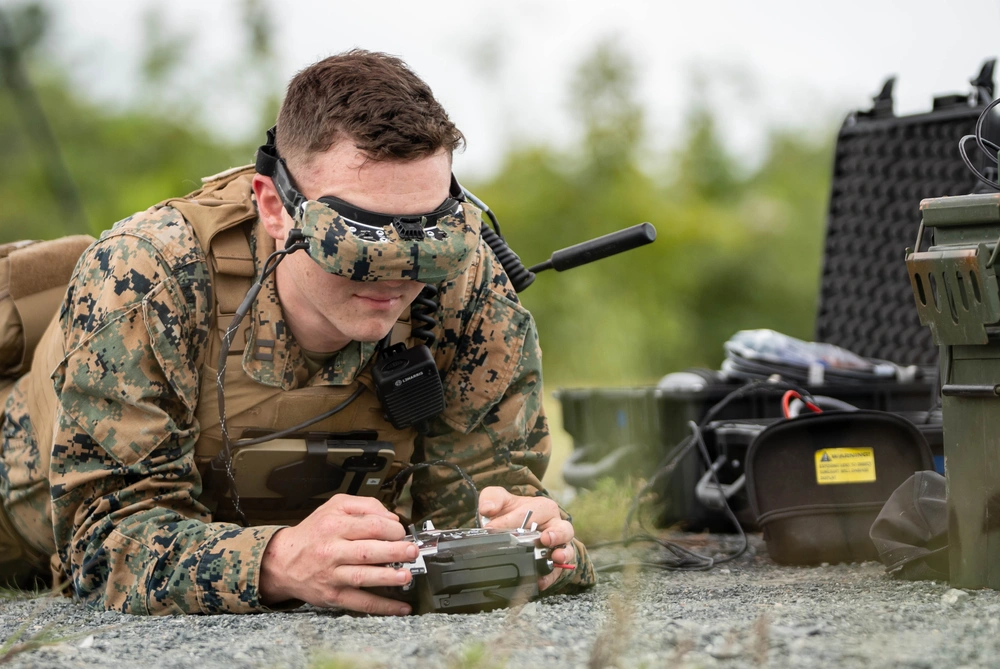
Imagien the following scenario: You are in charge of an infantry patrol. You’re approaching a village and a machine gun opens fire on your squad from 500 meters away. The machine gun is entrenched in a building in a fixed position, but well fortified against small arms fire. Alongside that machine gun is enemy infantry in the village.
The machine gun is preventing your squad from moving, and the enemy is now maneuvering on you. What do you do? Traditionally, you would call for close air support or artillery, but those resources aren’t always available on the fly. Further, you’re within danger close range, and you can’t level the village because of the risk of collateral casualties.
Your other option is to deploy a missile launcher. It could be a LAW, AT4, SMAW, or a Carl Gustav. That’s a great way to deal with these threats. Whoever has the rocket needs to be within the effective range of the machine gun. They also have to find a position where they can fire the missile, which might mean breaking cover, and also have to account for backblast. On top of that, the rocket is unguided and a miss means you just wasted a massive squad asset and valuable time.
This is were attack drones come in.
A drone is a guided munition that doesn’t require the user to expose themselves to the enemy, and there is no backblast to deal with. Throw the drone up and the user can guide the drone directly to the machine gun nest. As the drone flies, it can also spot maneuvering enemy forces and give the squad leader a heads-up.
The drone can remain relatively undetected by enemy forces. When it locates the machine gun nest, it can target it and explode to destroy it.
Additionally, let’s say you want to take out a moving target. Drones can chase moving targets effectively, as we’ve seen in Ukraine. Most infantry squad missiles can’t do that. TOWs and Javelins are fantastic, but they are huge, and aren’t going to be in an infantry foot patrol.
Related: Army seeks information about miniature aircraft that can take out drones
Beyond attack
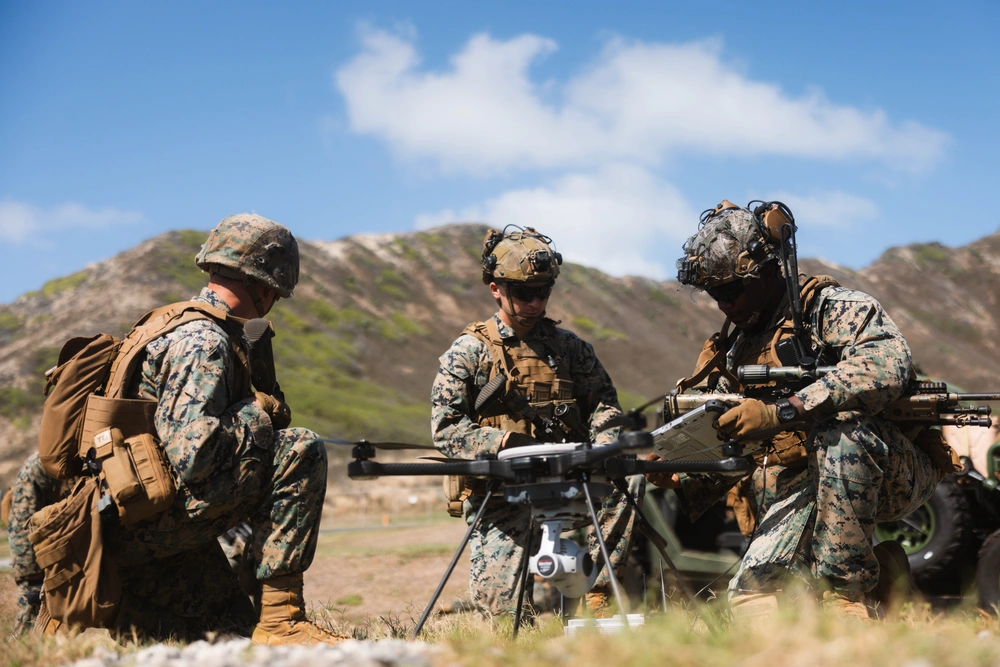
The Marine Corps has been using drones for recon for a long time now. The usefulness of infantry recon drones cannot be understated
Drones can turn an urban maze into an easy-to-see battlefield. They can spot enemy forces quietly, and by using thermal and night vision they can work around the clock.
They are faster than Marines under fire. In one situation in Afghanistan we were on a foot chase after two men we fought ignited a remote IED. We sprinted hard and fast, but we couldn’t keep up with two guys wearing man dresses when we had a hundred pounds of body armor, gear, and guns running over rough terrain.
A drone could have easily kept up with them, instead, identified them, and followed them until they think they are in the clear.
Formations with recon drones could also be used as remote targeting systems for close air support, artillery, and other munitions.
First-person drones are going to be the future of infantry combat. My only hope is that our anti-drone techniques become as viable as our drones. We need a way to combat the enemy’s drones as much as we need drones ourselves. The future battlefield will be seen in first person through the eyes of high-tech grunts, and it’s good to see the Marine Corps preparing for it.
Feature Image: Drones and explosives are displayed during a drone demonstration at Weapons Training Battalion on Marine Corps Base Quantico, Virginia, Aug. 6, 2025. The Marine Corps Attack Drone Team conducted a range demonstration for members of the House Armed Services Committee, highlighting their capabilities and potential applications on the battlefield. (U.S. Marine Corps photo by Cpl. Anthony C. Ramsey Jr.)
Read more from Sandboxx News
- Energy drinks were the unsung hero of the Global War on Terror
- How much does it cost to train an Air Force pilot? A LOT
- What happened after a parachute opened accidentally during a jump operation
- The untold history of the Soviet Union’s weapons testing in space
- These are all of America’s air-launched precision-guided munitions
Related Posts
Sandboxx News Merch
-
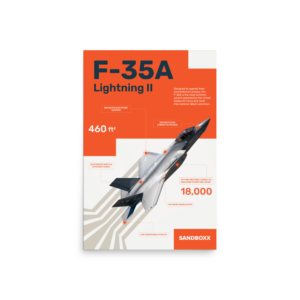
F-35 ‘Lightning’ Poster
$22.00 – $28.00Price range: $22.00 through $28.00 Select options This product has multiple variants. The options may be chosen on the product page -
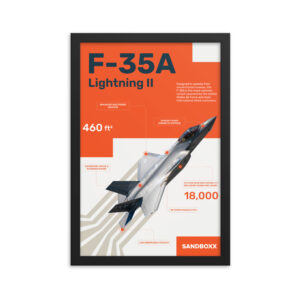
F-35 ‘Lightning’ Framed Poster
$45.00 – $111.00Price range: $45.00 through $111.00 Select options This product has multiple variants. The options may be chosen on the product page -

‘Sandboxx News’ Camo Trucker Hat
$29.00 Select options This product has multiple variants. The options may be chosen on the product page

Travis Pike
Travis Pike is a former Marine Machine gunner who served with 2nd Bn 2nd Marines for 5 years. He deployed in 2009 to Afghanistan and again in 2011 with the 22nd MEU(SOC) during a record-setting 11 months at sea. He’s trained with the Romanian Army, the Spanish Marines, the Emirate Marines, and the Afghan National Army. He serves as an NRA certified pistol instructor and teaches concealed carry classes.
Related to: Airpower, Gear & Tech
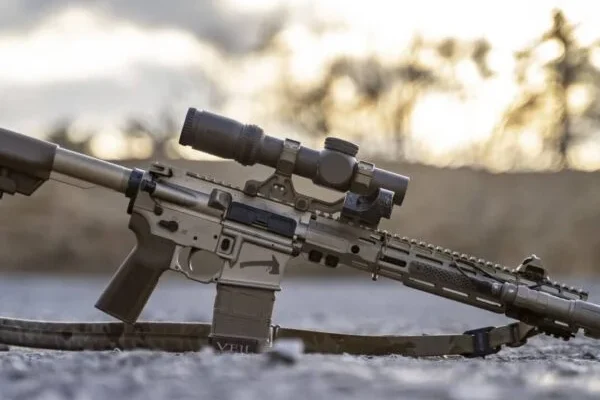
SOCOM selects small American company for its CAR rifle
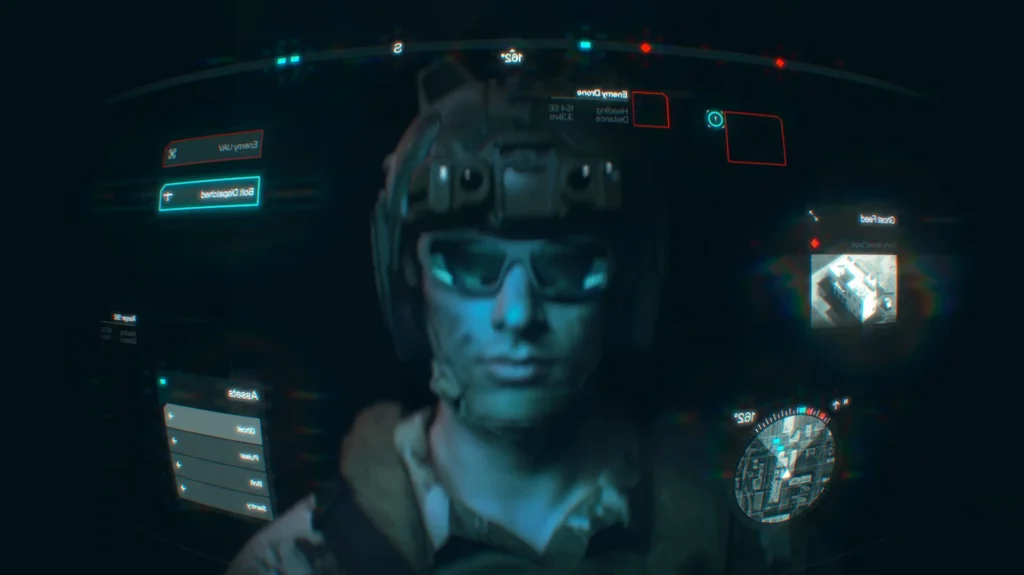
Can Anduril’s EagleEye become the new face of warfare?
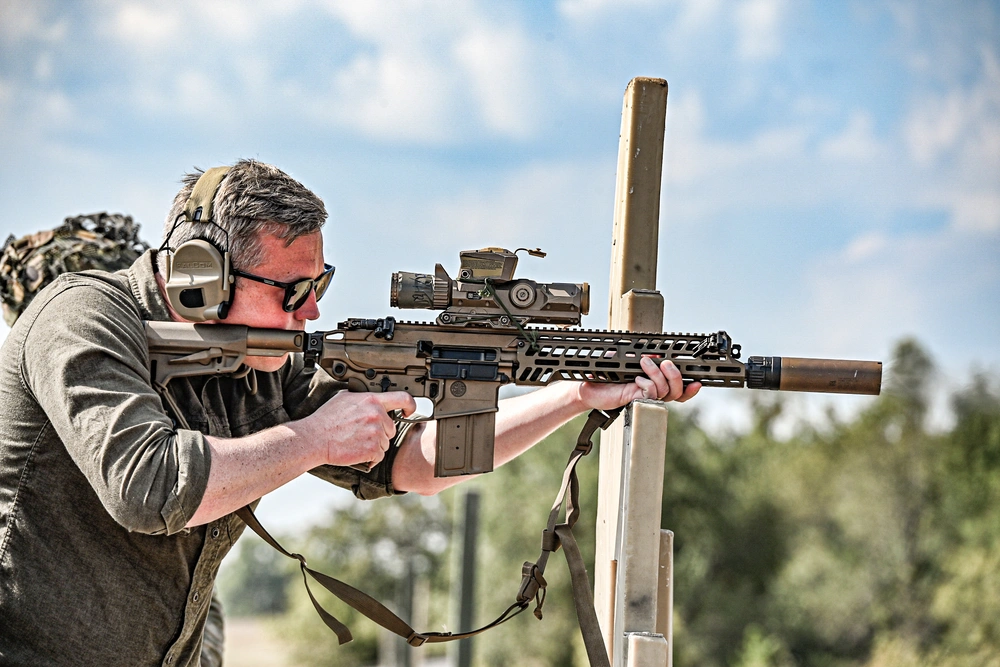
8 revolutions in firearms technology that changed warfare
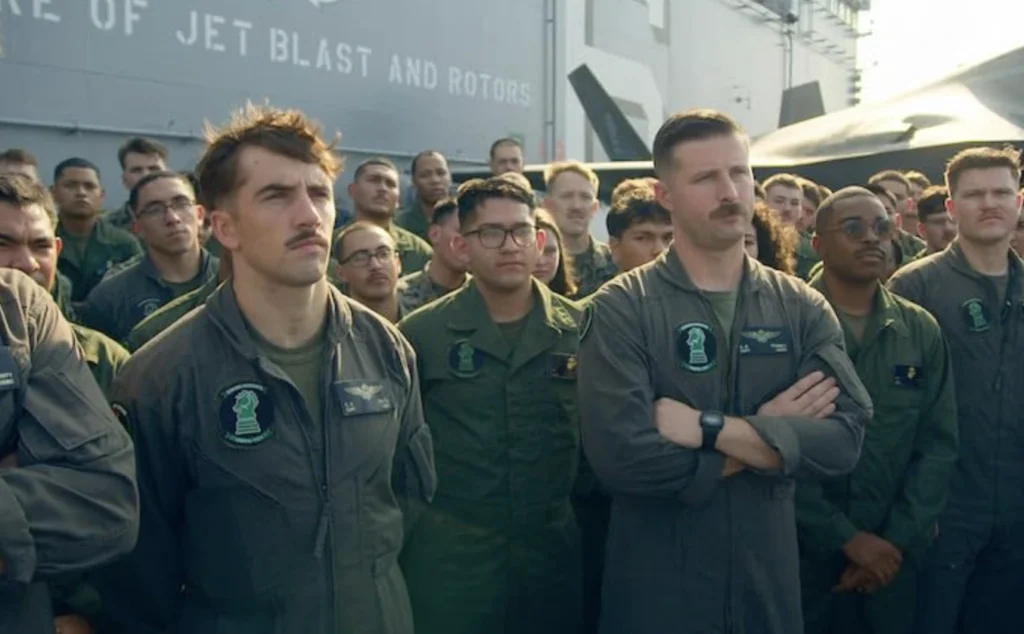
Netflix’s “MARINES” documentary humanizes the Marine Corps and is worth your time
Sandboxx News
-

‘Sandboxx News’ Trucker Cap
$27.00 Select options This product has multiple variants. The options may be chosen on the product page -

‘AirPower’ Classic Hoodie
$46.00 – $48.00Price range: $46.00 through $48.00 Select options This product has multiple variants. The options may be chosen on the product page -

‘AirPower’ Golf Rope Hat
$31.00 Select options This product has multiple variants. The options may be chosen on the product page -

‘Sandboxx News’ Dad Hat
$27.00 Select options This product has multiple variants. The options may be chosen on the product page

